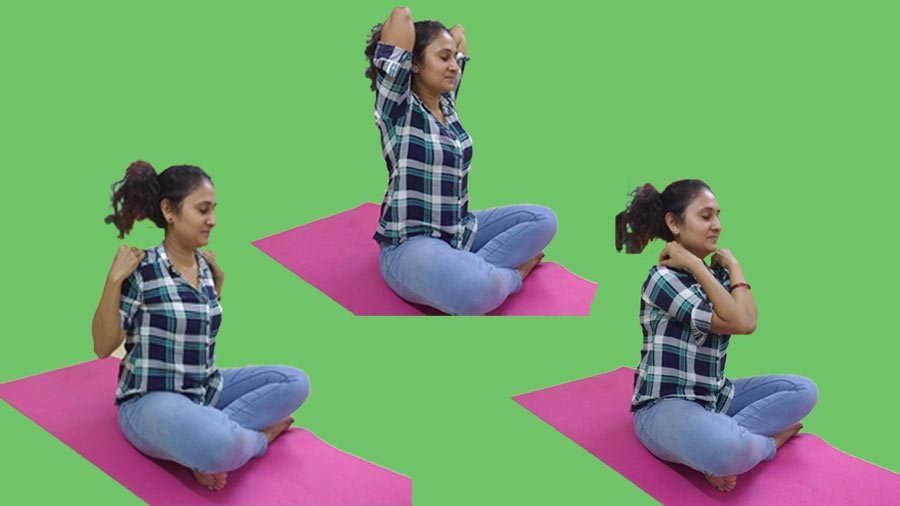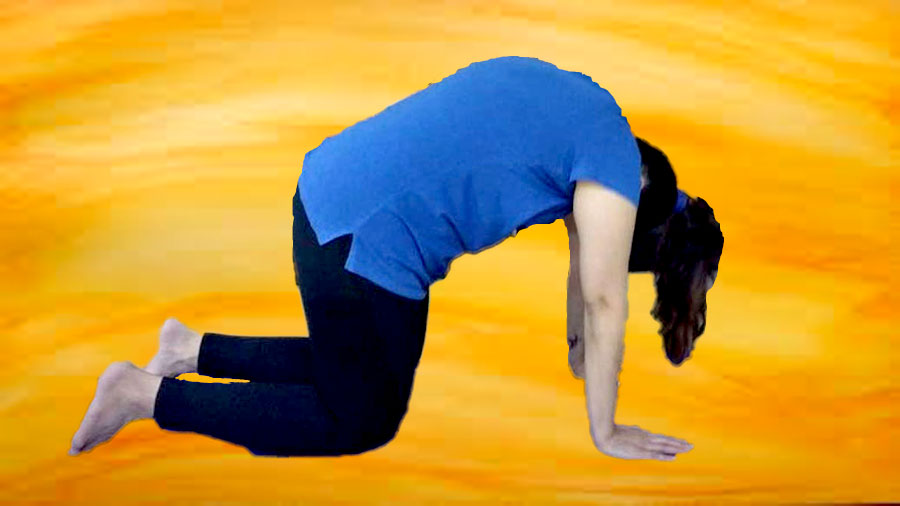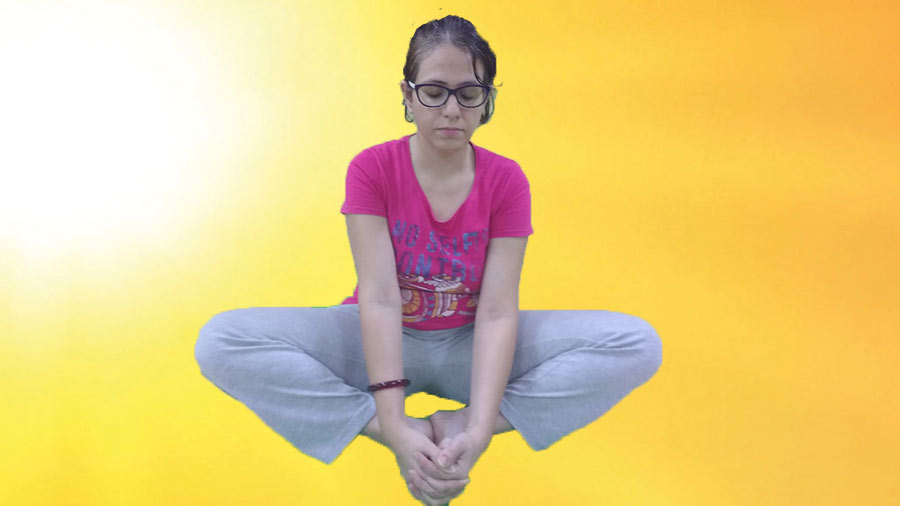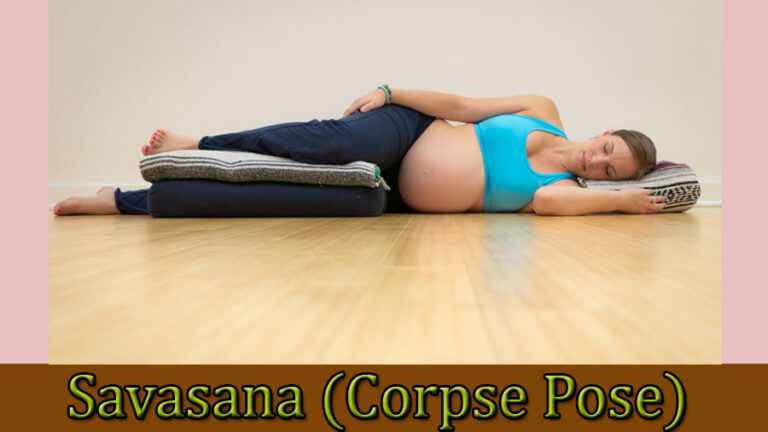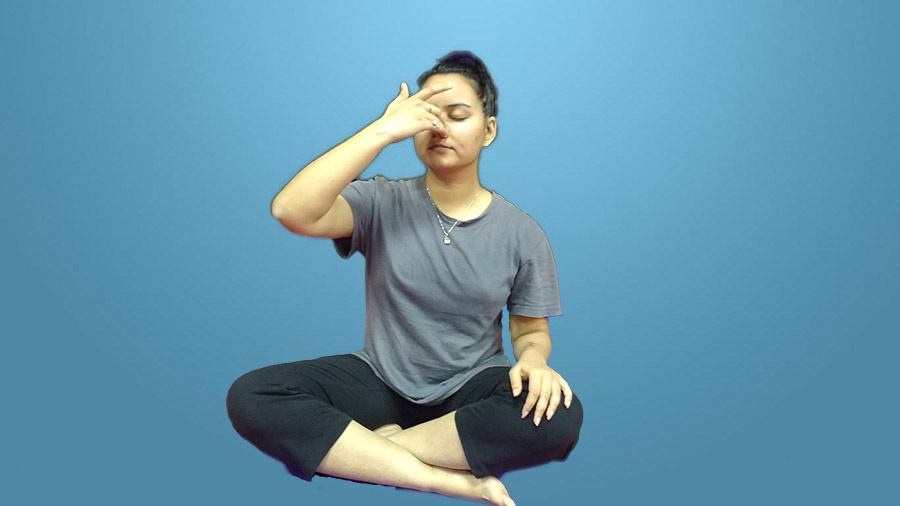Table of Contents
Yoga For Pregnancy – Prenatal Yoga Benefits
When you are expecting you may experience huge mood swings. You might like to shout with enthusiasm at one moment and may overcome with emotions very next moment. You might be excited, happy and overwhelmed sometimes and get scared or emotional soon. You may suffer from back pain, painful cramps, bloating or have fatigue and constipation.
Staying active during pregnancy can help you to deal with such annoying and irritating pregnancy symptoms. Mentally, too, a well-crafted exercise regimen may help you by increasing energy levels and tackling mood swings. Here we talk of prenatal yoga, which may just fit as an ideal set of exercises for you.
Benefits of Prenatal Yoga
- Prenatal yoga is a multifaceted approach that encourages stretching, mental centering, circulation and focused breathing. Prenatal yoga is safe and does have many benefits for pregnant women.
- Prenatal yoga can be an ideal way for moms-to-be to stay fit by making their body supple, by toning their muscles, and improving their balance and circulation during pregnancy – all with very little impact on joints.
- By the practice of yoga, expecting mothers can learn how to breathe deeply and relax consciously. This can further help them face the demands of labor, childbirth and even new motherhood.
- Yoga asanas relieve tension around the cervix by opening up the pelvic region. This prepares them for labor and delivery.
- Yoga helps in negotiating the effect of common symptoms during pregnancy such as morning sickness, painful leg cramps, swollen ankles, and even constipation.
- The practice of yoga asanas can be a great help to mothers in recovering fast after delivery.
- Prenatal yoga lowers chance of having pregnancy complications.
- Yoga for them can be the best way to reduce stress and pain promoting improved sleep.
- It helps to increase the strength, flexibility, and endurance of muscles needed for childbirth.
- Prenatal yoga class will help a pregnant woman to meet and bond with other pregnant women and prepare them for the stress of being a new parent.
Who should not attend a general yoga class –
- Pregnant women carrying multiples.
- Those women with pregnancy-induced hypertension.
- Pregnant women who are experiencing episodes of premature labor.
- Pregnant women with an incompetent cervix.
- Those women who have experienced a second-trimester miscarriage.
- Those with any other serious medical condition.
Under any such conditions, one should either avoid yoga or do certain yogic kriyas only, under the guidance of a Yoga expert.
Understanding each trimester before adopting a yoga schedule –
First Trimester Yoga
The first trimester is when most women experience nausea and fatigue. Most experts advise against starting a yoga practice in this trimester, but if they already have had a strong yoga practice, they can continue it with some modifications and under expert guidance. During the first trimester, both beginning and experienced yogis should only do a gentle practice or none at all, as the fetus is still implanting and the risk of miscarriage is highest. Care should be taken to not to do inversions, twists, or jumps.
Second Trimester Yoga
Most women would start their yoga practice during the second trimester. Experts say that they can do most of the asanas in which they feel comfortable and as long as they can breathe deeply in it. Next, they should eat a light meal about an hour before the class and drink plenty of liquids to meet the needs of their changing metabolism. This trimester is a good time to master the stretching and strengthening moves.
Third Trimester Yoga
In the third trimester, women body face a real change, the baby’s movement can be felt, the sacroiliac joints become loose, and breathing may be difficult. The extra weight and protruding belly will make balancing a challenge in every posture. Experts advise against lying flat on the back after 20 weeks gestational age to avoid putting pressure on Vena Cava. They also advise doing balancing asanas near a wall to avoid falling. This trimester is a good time to focus on meditation and breathing techniques to calm your mind. It is also a good time to build stamina and courage.
Yoga Poses For Pregnancy
Swami Satyananda Yoga for pregnancy offers one of the best yoga solutions for pregnant women. The selection of the Yoga poses and pranayama here is what I have learned from Swami Satyananda Yoga and also at Yoga Niketan, Mumbai. These Yogic Kriyas are simple to perform and yet yield the best of results.
Pawanmuktasana Series 1
Pawanmuktasana series 1 which is also called Shareer Sanchalan or Sukshma Vyayam in Sanskrit can be wonderful for a pregnant woman. If required, the students can sit against the wall while performing these asanas.
- Asanas of this series gently stretch and massages the joints.
- These asanas release muscular tension and are introverting when coordinated with the flow of the breath.
- These asanas rejuvenate all the joints by activating the healing energies and promoting the flow of pure blood.
- They remove energy blocks and facilitate the flow of energy throughout the body.
For more detail on Pawanmuktasana Series 1, you can read –
Pawanmuktasana Series 1 – Part 4 – Hand & Wrist Asanas,
Pawanmuktasana Series 1 – Part 5 – Shoulder & Elbow Asanas,
Pawanmuktasana Series 1 – Part 6 – Neck Movements,
Pawanmuktasana Series1 – Part 1 – Toes & Ankle Bending,
Pawanmuktasana Series 1 – Part 2 – Ankle & Knee Exercises.
Marjariasana (Cat Stretch Pose)
- Marjariasana or the cat stretch pose is a universal favorite pose in Prenatal Yoga.
- Cat stretch pose is very good for reducing pelvic congestion and backache.
- The practice of Marjariasana improves blood supply to the abdominal region, ensuring proper nourishment of the reproductive organs.
- This asana relieves stiffness of neck and shoulders by stretching them.
- Marjariasana makes the spine flexible and tones the abdominal organs.
For more details of Marjariasana, you can read – Marjariasana (Cat Stretch Pose) – Excellent Asana For Spine Flexibility
Virabhadrasana (Warrior Pose)
- Again a favorite pose in pregnancy yoga and one of the most graceful poses in yoga, Virabhadrasana, also called Warrior Pose, strengthens and tones the arms, shoulders, thighs and back muscles.
- The practice of this asana improves balance in the body.
- Warrior Pose increases the stamina of the practitioner.
For more details of this asana, read – Virabhadrasana (Warrior Pose Yoga) – Steps Meaning & Benefits
Badhakonasana (Butterfly Pose)
- Poorna Titali Asana stretches the inner thighs and relieves them of accumulated tension.
- This asana removes the tiredness of the legs.
- Titali Asana helps to open up the hips and thighs and improves flexibility.
- Helps facilitate smooth delivery when practiced until late pregnancy.
To read more on Butterfly Yoga Pose, read – Pawanmuktasana Series 1 – Part 3 – Butterfly Yoga Asana & Hip Rotation
Legs up the Wall Pose (Viparita Karani)
This pose can be done by the pregnant women lying on back with their legs raised and taking support / resting on the wall.
- This asana relieves backache and reverses the flow of blood.
- it improves the flow of blood to the pelvic region.
- This asana also eases swollen ankles and varicose veins which are a common symptom of pregnancy.
Note – Some experts advise against lying on your back after the 20th week so as to avoid putting pressure on the vena cava (a large vein that runs along the side of the spine and curves behind the uterus), whereas some say that it is acceptable for short periods of time, for 30 seconds maximum. It is especially important for a woman to do deep breathing when she is lying on her back,
Savasana (Corpse Pose)
- Savasana relaxes the whole body and repairs cells. This helps promote self-healing which is very important for pregnant women and can help them avoid taking pills.
- An important point to note by Pregnant women for doing Savasana is that they should do so on their side, with a bolster placed between their legs as lying flat on the back is not recommended to them.
Pranayama For Pregnancy
Nadi Shodhana pranayama and Ujjayi are two breathing techniques which are especially beneficial during pregnancy. Avoid any kind of breath retention or hyperventilation that could limit the baby’s oxygen supply.
Ujjayi Breath
- Ujjayi helps the practitioner to focus on the present moment.
- Ujjayi is considered as a tranquilizing Pranayama which calms the mind, increase the concentration and remove stress.
- Ujjayi Pranayama removes fatigue and supplies instant energy to the practitioner.
For technique, benefits, and contraindication of Ujjayi, you can read – Three Techniques Of Ujjayi Breath (Ocean or Psychic Breath) and its Benefits.
Nadi Shodhana Pranayama (Alternate Nostril Breathing)
Nadi Shodhana Pranayama is not just a breathing exercise, but a yogic technique that involves controlling of subtle ‘Pranic energies’ or vital force of the practitioner’s body.
- Nadi Shodhana calms the mind and helps the practitioner develop a higher concentration.
- The technique increases the awareness of the breath.
- This Pranayama balances the left and right hemispheres of the brain, which correlates to the logical and emotional sides of a personality.
- Nadi Shodhana Pranayama helps maintain the body temperature which can be very helpful for both the mother-to-be and also for the proper development of the fetus.
For details of Nadi Shodhana Pranayama, read – Nadi Shodhana Pranayama – Alternate Nostril Breathing
The benefits of prenatal yoga aren’t just limited to your pregnancy and physical well-being. Being a part of a prenatal yoga class is a great way to meet other pregnant women and to become part of a community. Being in a positive, supportive environment with others can give you a regular emotional boost and keep you motivated to practice yoga.


